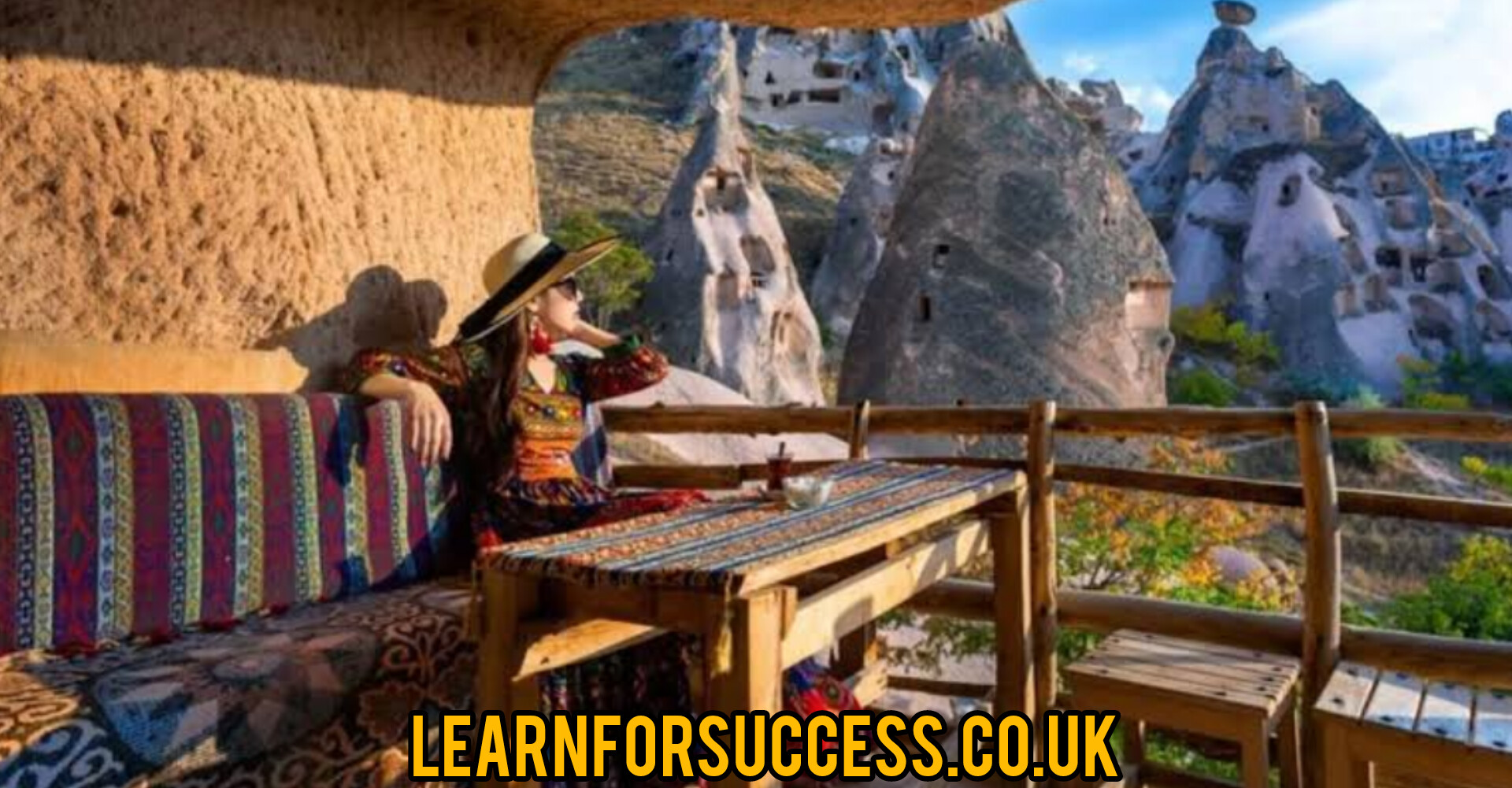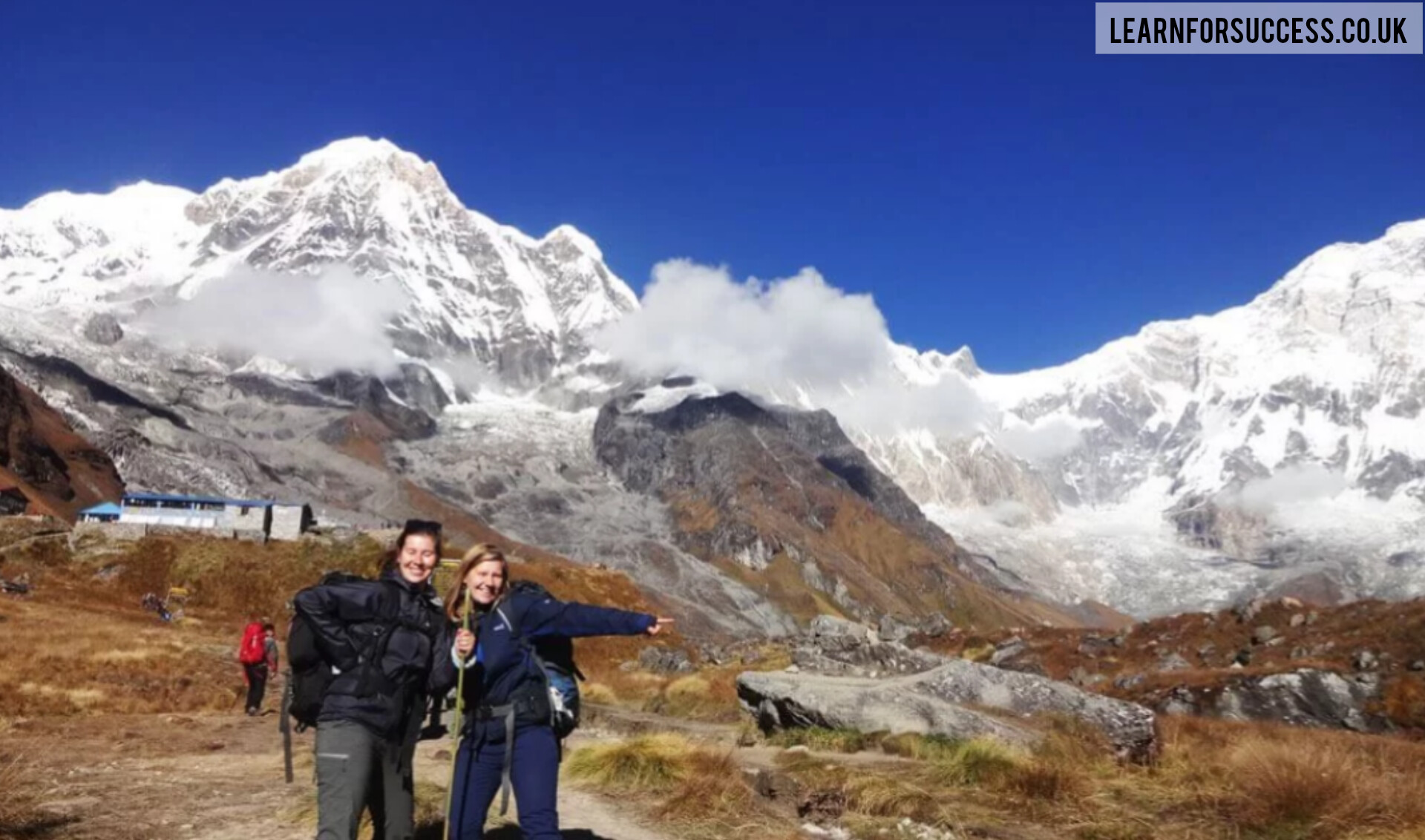The Hidden Stories of Hurbarna: Unveiling Urban Transformation
Urban exploration, or urbex, has always fascinated adventurers, historians, and photographers. One intriguing niche within urbex is “hurbarna.” This activity focuses on exploring urban spaces in transition. The term “hurbarna” blends “urban” and “harbinger,” capturing areas on the brink of change. These places reveal hidden stories and provide a unique snapshot of our evolving cities. Therefore, let’s dive into the hidden stories of hurbarna and discover why it’s so engaging and meaningful.
What is Hurbarna?
Hurbarna involves exploring urban environments undergoing transformation. This could mean buildings set for demolition, neighborhoods waiting for redevelopment, or recently vacated industrial sites. Unlike traditional urbex, which often highlights abandoned places, hurbarna captures fleeting moments of change, where the past meets the future.
Unearthing Historical Echoes
One captivating aspect of hurbarna is uncovering the historical echoes within urban spaces. Each site holds remnants of its past, waiting to be discovered and documented.
- Architectural Relics: Buildings in transition often reveal layers of architectural history. For example, peeling paint, rusted fixtures, and faded signs offer clues to the site’s former glory, telling stories of design and culture.
- Artifacts of Daily Life: Forgotten objects left behind—old furniture, personal belongings, and industrial equipment—tell stories of the people who once occupied these spaces. These artifacts provide a tangible connection to the past, sparking curiosity about the lives once lived there.
Cultural Insights and Urban Narratives
Hurbarna offers a unique perspective on the cultural and social evolution of a city. The transformation of urban spaces reflects broader societal changes and the dynamic nature of city life.
- Community Evolution: Exploring neighborhoods on the brink of change provides insights into the lives of their residents. For instance, vibrant graffiti and community gardens showcase the resilience and creativity of urban communities.
- Economic Shifts: Industrial sites and commercial buildings undergoing redevelopment highlight the economic forces shaping our cities. Consequently, they tell stories of economic booms and busts, technological advancements, and shifting industries.
The Beauty of Urban Decay and Renewal
Hurbarna captures the bittersweet beauty of urban decay and renewal. It finds aesthetic value in the juxtaposition of the old and the new.
- Visual Contrasts: The contrast between decaying structures and emerging developments creates striking visual narratives. Photographers are drawn to the textures, colors, and patterns that tell a story of transformation.
- Moments of Transition: Hurbarna captures moments of transition that are often overlooked. A building mid-demolition, a newly vacated space, or a site under construction—all these moments hold a unique beauty and poignancy.
Ethical Considerations in Hurbarna Exploration
As with all forms of urban exploration, hurbarna comes with ethical considerations. Respect for property, safety, and the impact of exploration on these sites are crucial.
- Respecting Privacy and Property: Always seek permission when exploring private properties and respect any boundaries or restrictions in place. Trespassing not only poses legal risks but also disrespects property owners and the site’s integrity.
- Safety First: Many of these sites can be hazardous. Proper gear, awareness of the environment, and caution are essential for safe exploration. Structural instability and hazardous materials can pose significant risks.
- Preserving Integrity: Explorers should avoid actions that could damage the sites or artifacts. The goal is to document and preserve, not to disrupt. Leaving a site as it was found ensures future explorers can also experience its untouched history.
Getting Started with Hurbarna
If you’re interested in diving into the world of hurbarna, here are some steps to get started:
- Research Potential Sites: Look for areas in your city undergoing redevelopment or transition. Local news, city planning documents, and community forums can provide valuable leads. Understanding the historical and current context of these sites adds depth to the exploration.
- Connect with Fellow Explorers: Join online communities and social media groups dedicated to urban exploration. Therefore, networking with other enthusiasts can provide insights, tips, and even companionship for joint explorations.
- Equip Yourself: Essential gear includes a camera, flashlight, sturdy footwear, and safety equipment. Always be prepared for the environment you’re exploring. In addition to physical gear, having knowledge about first aid and emergency contacts is crucial.
- Plan Your Exploration: Have a clear plan and inform someone about your whereabouts. Furthermore, understand the history and context of the site you’re exploring. Research the site’s background, potential hazards, and the best times for exploration to ensure a safe and fruitful adventure.
Conclusion
Hurbarna is more than just a hobby; it’s a way to deeply engage with the urban environment. By uncovering hidden stories, documenting transitions, and capturing the essence of change, hurbarna explorers contribute to a greater understanding of our cities’ past, present, and future. So, grab your camera, embrace the spirit of adventure, and start uncovering the hidden stories of hurbarna. The city’s next great narrative is waiting to be told, and you could be the one to tell it.
Embarking on a hurbarna adventure enriches your understanding of urban spaces and connects you to the pulse of city life in a way that few other activities can. In summary, the hidden stories of hurbarna await those willing to explore, document, and share them, ensuring that the dynamic and ever-changing landscape of our cities is preserved for generations to come.














Post Comment